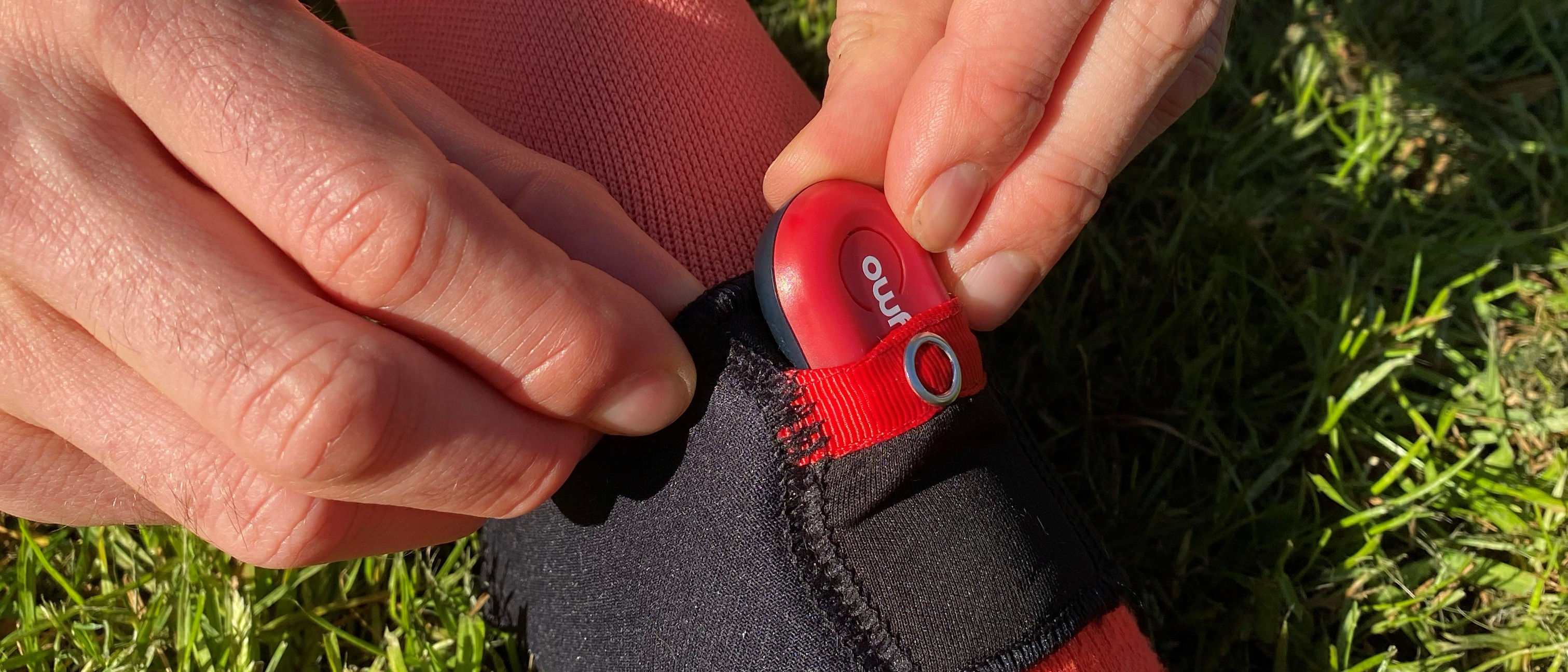TechRadar Verdict
Not sure which running shoes will suit your style? Mymo uses a combination of wearable technology and cloud processing to analyse your gait. Reliably providing the raw data needed to help you find the right shoes, it’ll even create a shortlist of options for you. Where it does less well is in explaining how it’s reached this decision. Given its affordable cost and potential for repeated use, it’s a solid tool. However, it still feels like it could be a bit smarter, or offer slightly more in terms of ongoing functionality.
Pros
- +
Clever concept
- +
Relatively cheap
- +
Easy to use
Cons
- -
Limited oversight
- -
Could be smarter
Why you can trust TechRadar
Two-minute review
The Mymo Running Shoe Finder is a small device worn on your foot that picks up data about your running gait, which is then analyzed and used to recommend the best running shoes for you.
It's about half the cost of a dedicated gait assessment, and we'd probably trust the Mymo slightly more than the average free consultation at a running shop. There’s also the benefit of being able to repeat the analysis, plus the fact that you can lend the device to your friends in exchange for a small bribe.
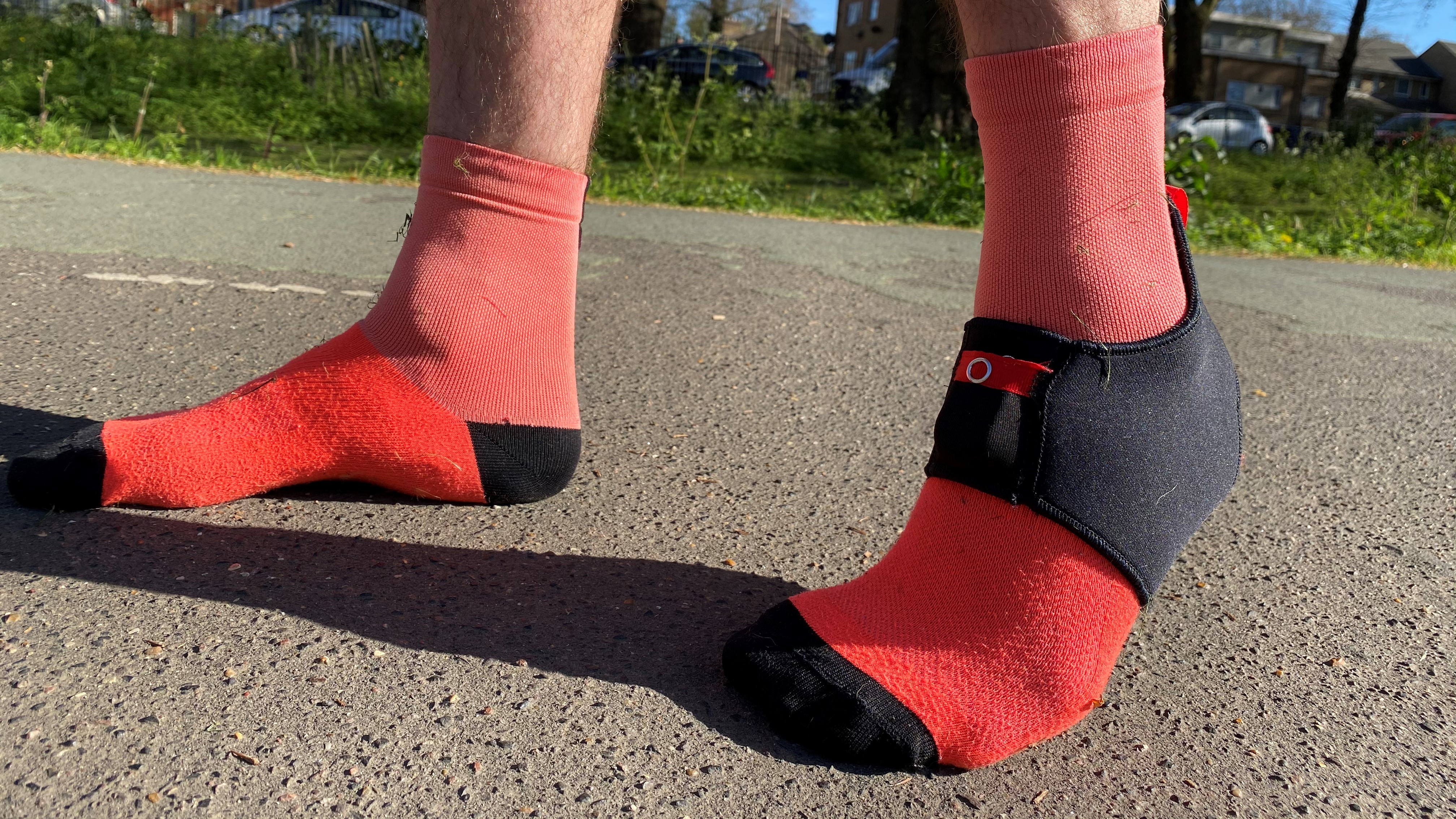
Certainly, it delivers on its core promise of directing you towards a correctly fitting pair of running shoes. If you don’t mind foregoing the human element of an in-person gait analysis, and are already moderately knowledgeable, it’s a solid enough innovation.
Price and availability
The Mymo Running Shoe Finder is available direct from Mymo for £39.99 (about $60 / AU$70).
Design
The Mymo Running Shoe Finder itself measures 40.5mm x W: 28.5mm x H: 13.1mm (approximately the same size as the Garmin Running Dynamics Pod). It sits on your foot as you run, held in a washable neoprene 'sock'. It's designed to be worn with no running shoes so your natural gait is unaffected.
It's powered by a replaceable flat 20mm battery, and its only physical control is a power switch accompanied by an LED power indicator.
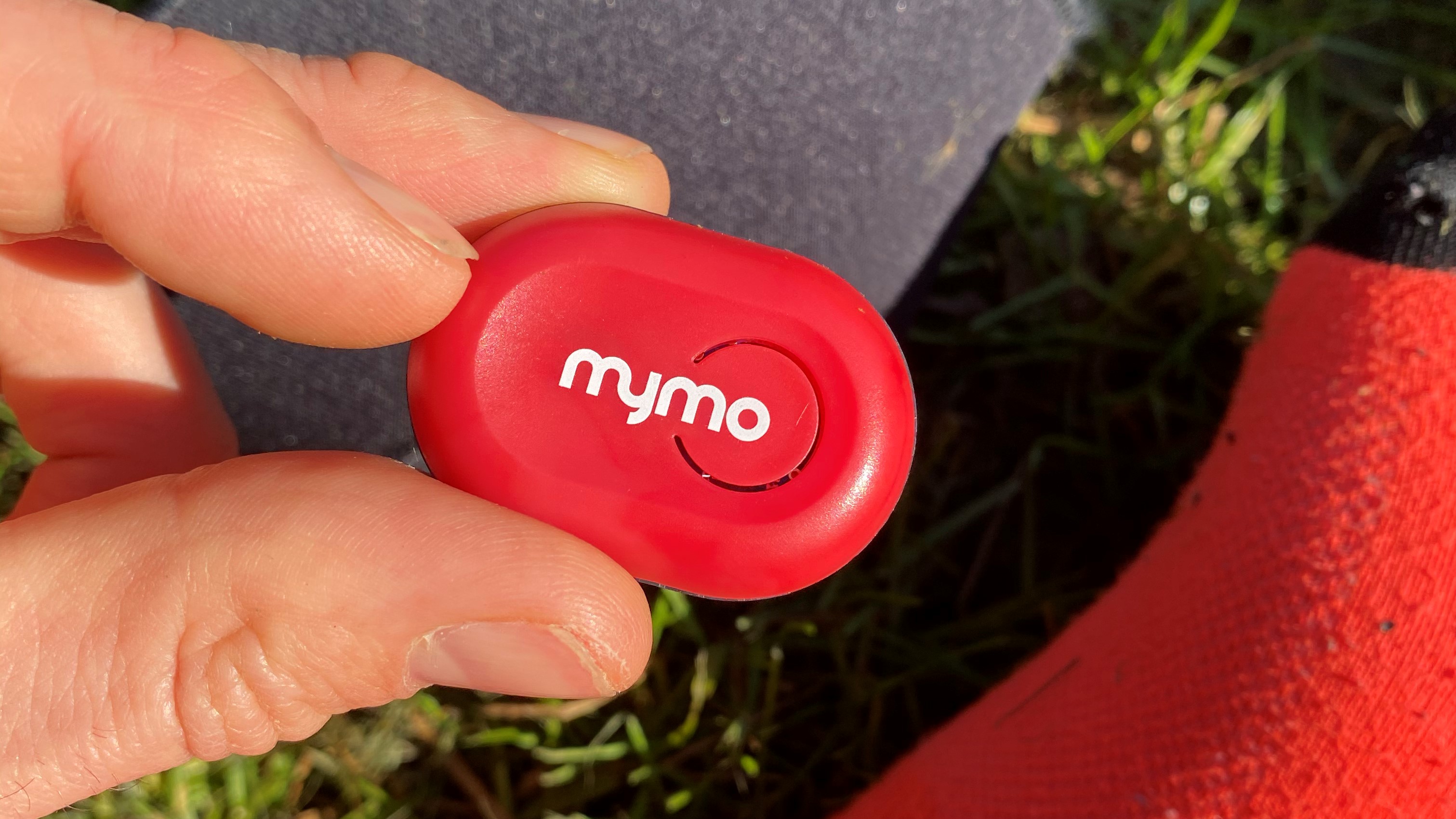
How it works
The Mymo test can take place on any piece of solid flat ground. First, you download the Mymo app and pair the Mymo pod to your phone. Next, you pop the pod into the neoprene holster over your bare foot and fit it over your ankle. Commencing the test on your phone, you’re given a clear countdown during which you first stand still for 10 seconds before running as you would normally for 50 seconds. The data is captured, then you swap to the other foot and repeat the process
The data captured by the pod’s sensors is then analyzed on a remote server to calculate your ankle’s degree of supination or pronation, whether you strike with the heel or forefoot, and your ground contact time.
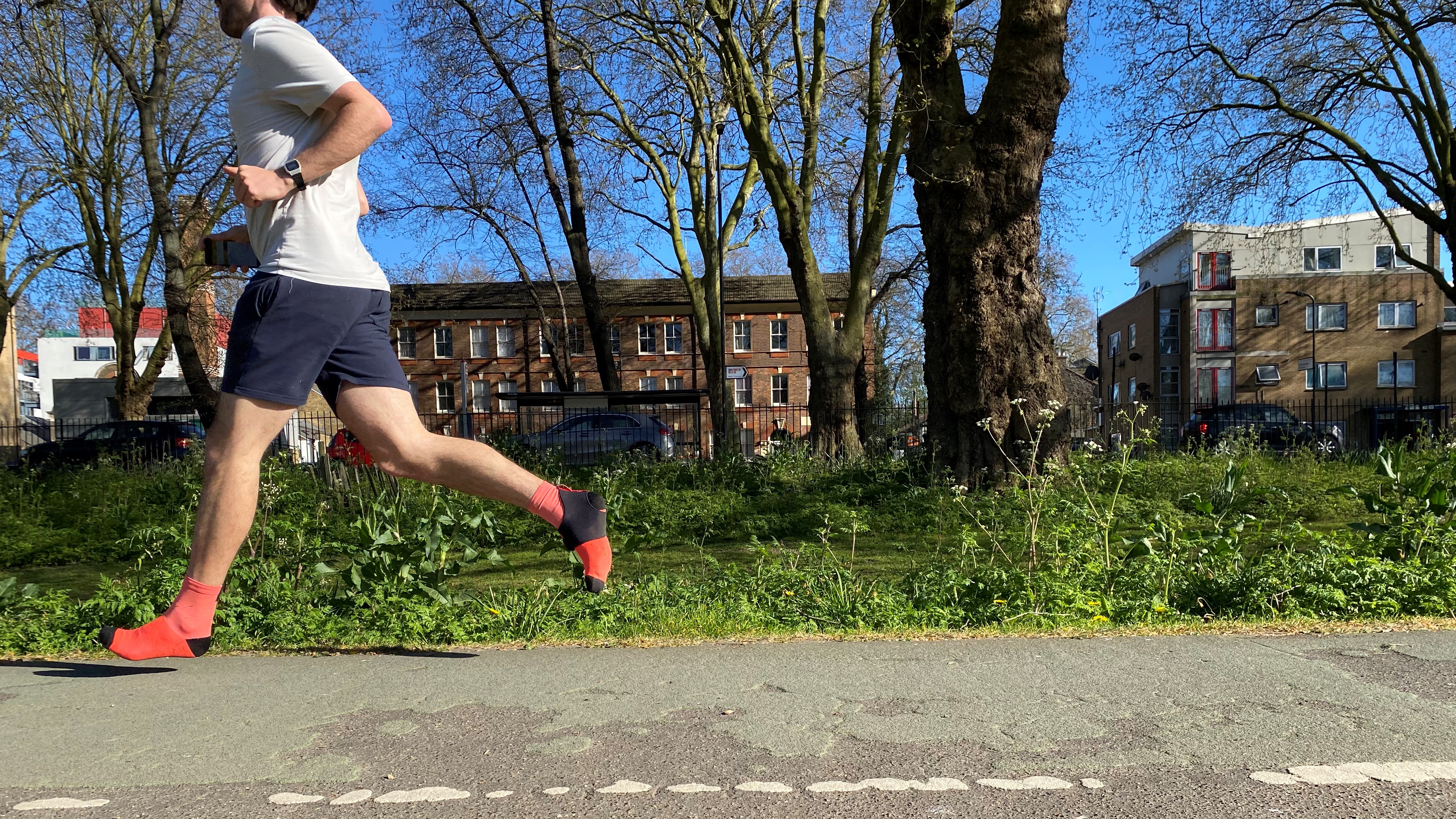
We'd recommend trying to do the test on a running track if possible. A grassy playing field isn't suitable, so we found ourselves running on an asphalt path. Once or twice was okay, but after that, we found it uncomfortable and wondered if this was affecting our gait.
Repeating the test several times over a few days, each time the results remained within a range of five and eight degrees of pronation, which is what we’d assumed to be the case having long ago had a similar assessment.
On the occasions where we tried the test at both the beginning and end of a run, it also picked up on our tendency to switch from forefoot to heel striking.
Which shoes?
Based on your results the Mymo app will then create a shortlist of shoes for you to consider, along with a breakdown of their characteristics. Being dreadfully cynical, we assumed I’d then be directed to a retailer's website, with Mymo getting a small chunk of affiliate revenue. However, as it stands the app currently simply recommends you a range of shoes and leaves you to track them down for yourself. Given that you’re paying for the Mymo device, this is as it should be. Still, this independence is definitely to be commended.
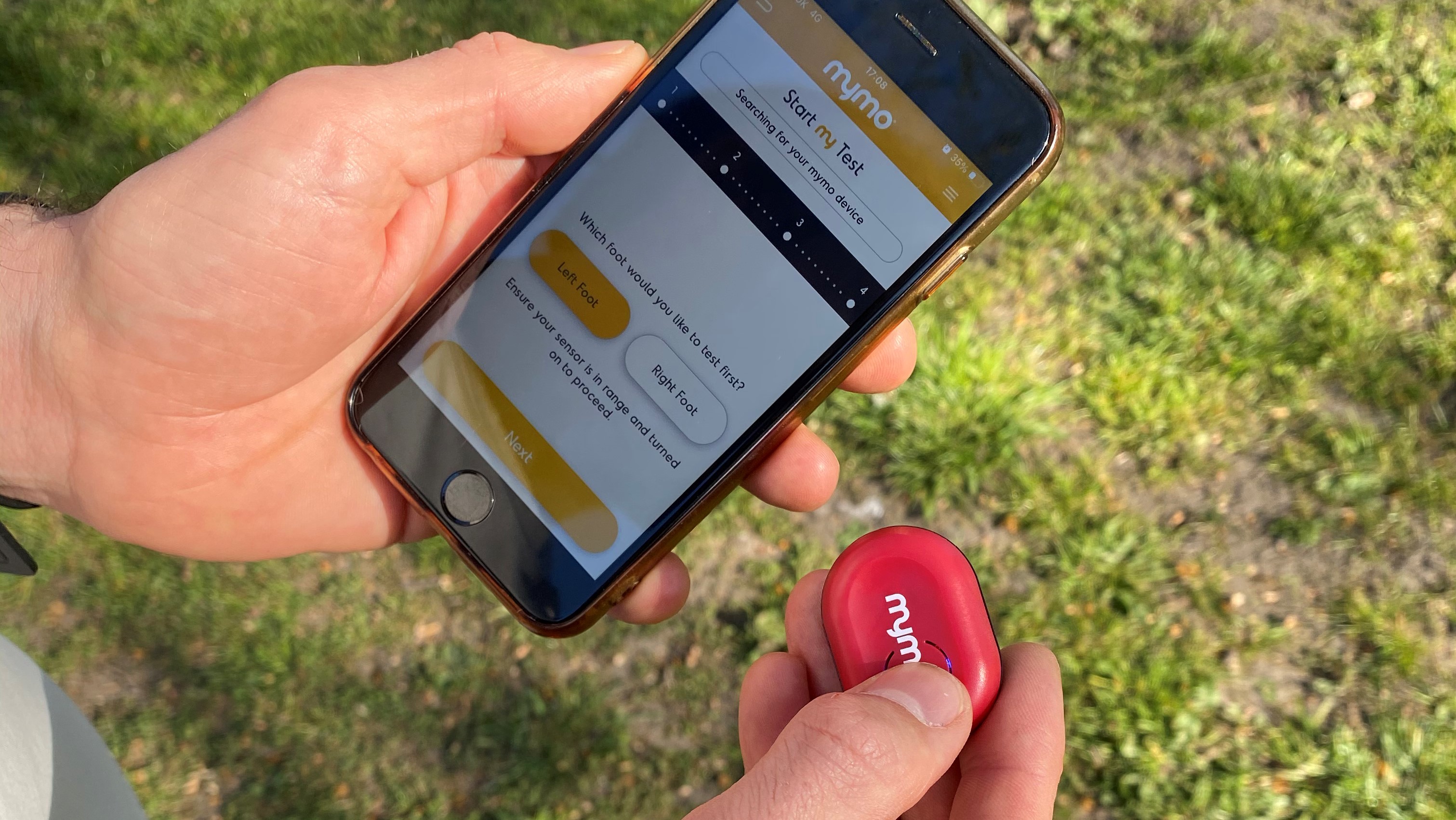
What else can it do?
That’s basically all there is to the Mymo. You run, it tells you what your feet are doing, then it recommends you some shoes.
That doesn't mean that for more data-hungry runners it isn’t entirely impossible to extract some useful extra information out of it. For one thing, included in your test results is your ground contact time. This measurement of how long your foot spends on the floor between strides is a useful metric, with fast feet being generally considered better in terms of efficiency and injury prevention.
Split between either foot, being able to check the balance between the two is also a useful feature, and as a measurement, it’s one that’s worth repeated revisiting. However, given the need to run barefoot, this isn’t something you’ll likely do too often.
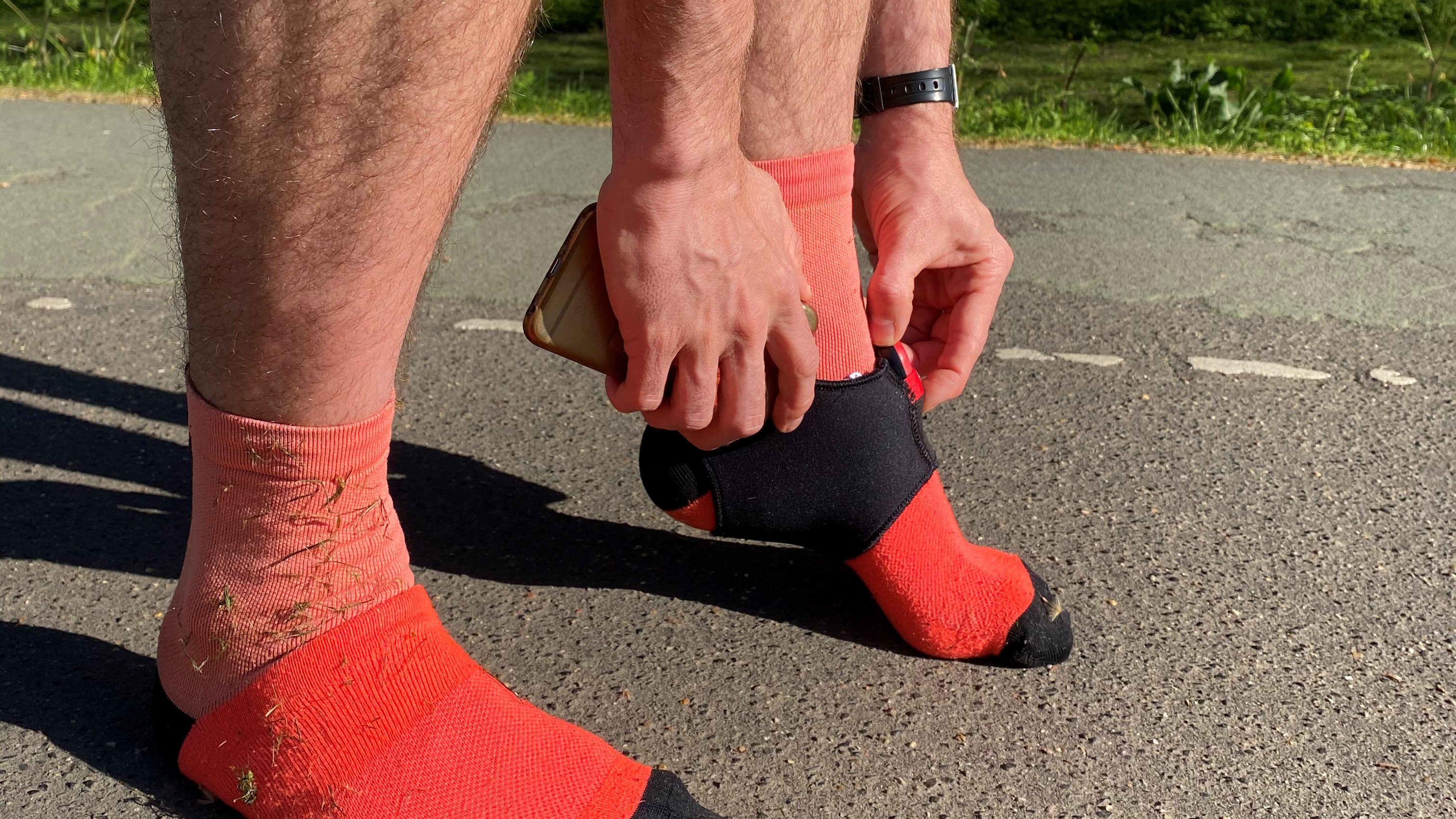
Achieving its stated aim well, the Mymo feels as if with a little extra work it could be a more generally useful tool to use when running, perhaps with the ability to fit it to your shoes and measure things like cadence.
Still, for the price we won’t complain too much. Mymo also offers additional coaching features that aren’t really related to the device itself and that can be unlockedon the app for £3.95 (about $5 / AU$7) per month. However, I’m not sure how many takers Mymo will find for this service.
Buy it if
You know a little about running shoes
The statistics and advice from the Mymo device will be most useful if you already have some knowledge of factors like pronation and cadence, and the different categories of running shoes.
Your form isn't always consistent
The device made us aware that we tend to shift from mid-foot to heel striking throughout the course of a run. We suspected this was the case, but it was interesting to see it confirmed.
You want independent advice
Mymo doesn't receive affiliate revenue for the shoes it recommends, or sell shoes itself, so you can be sure it's not biased towards a specific brand or retailer.
Don't buy it if
You're a highly trained athlete
If you already have a good awareness of your running form and style, this device is unlikely to tell you anything you don't know.
You're completely new to running
There's not much explanation as to why the shoes recommended would work well for you; a one-to-one chat with a running shop would give you more insight.
You don't have a suitable surface to run on
You'll need a flat, firm surface where you can safely run without shoes. A running track is best (grass isn't suitable), which may pose a challenge depending on where you live.
- We've tested and ranked the best running watches available today

Former magazine editor and freelance writer Joseph Delves has written for publications including Lonely Planet, Cyclist, Rouleur, and FACT mag. A fan of various outdoor pursuits from hiking and climbing to swimming and cycling, he’s produced several hundred well-received reviews and a few somewhat less popular short stories. With a lax attitude to both training and reading instruction manuals, he’s a firm believer that technology should always make life easier and ideally more fun too.
